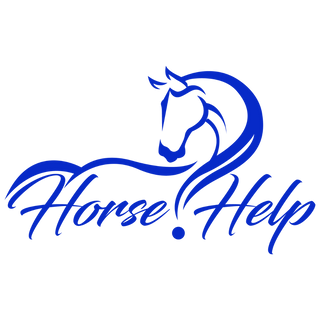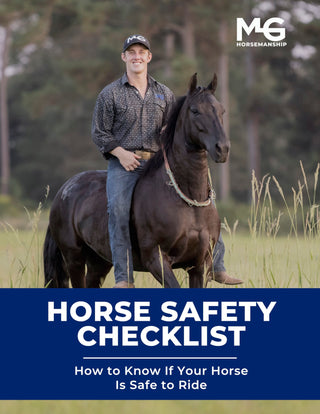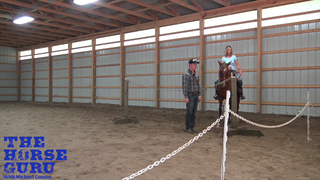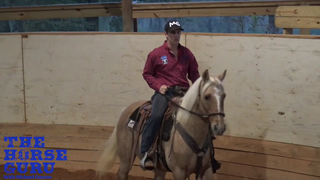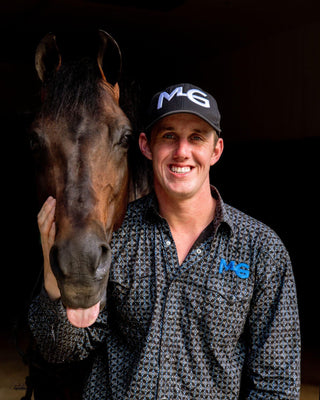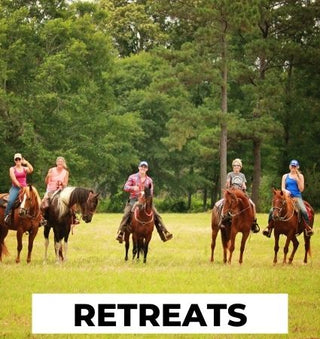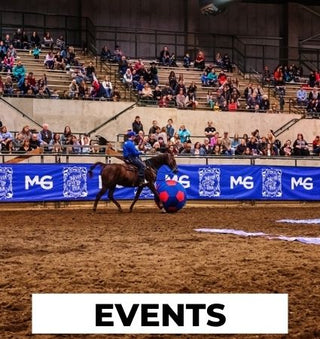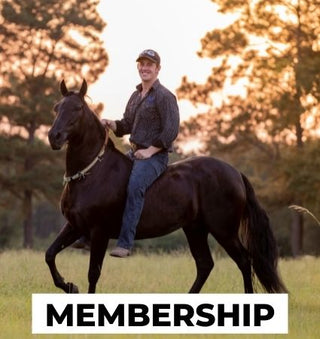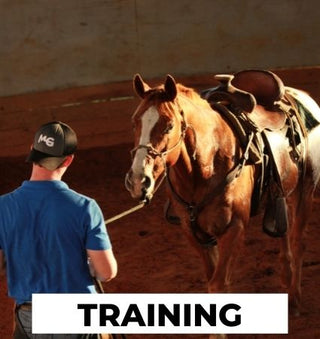Today, we’re diving into something that’s been popping up everywhere I go—situational resistance.
You know the drill. You’ve got that horse who’s a superstar at home, in the arena, or in the perfect setup. Then, out of nowhere—BAM!—an explosion. Your horse becomes “unpredictable,” and you’re left wondering what just happened. Let me break it to you: it’s not the horse’s fault.
What Is Situational Resistance?
Situational resistance happens when your horse only does the right thing in ideal conditions. Sure, they stop, turn, or back up great when everything’s just so—when they’re at home, in familiar tack, or in your cozy arena. But as soon as the environment changes, their training falls apart.
Sound familiar? If you’re relying on the “just-right” halter, bit, or saddle to get them to respond, your horse isn’t fully trained. A well-trained horse should respect you no matter what you’re using, even if it’s just a piece of hay string.
Why Your Horse's Resistance Isn’t Random
Horses are honest animals. They don’t surprise you out of nowhere—they just haven’t been asked the right questions. When a horse rears, bucks, or resists, it’s not about the tack. It’s about their reaction to your request.
Take the analogy of a car:
If your car’s steering wheel only works on sunny days but locks up when it rains, you wouldn’t call it reliable, right? Yet so many people ride horses that behave the same way. When the unexpected happens—a drop in temperature, a loud noise, or separation from their buddy—you find out real quick whether your horse is trained or just compliant in easy conditions.
Real-Life Example: Sissy the Pinto Mare
Let me introduce you to Sissy. Sweet horse, sweet owner—but on Day 2 of a clinic, I found out Sissy couldn’t even pass “first grade.” She couldn’t bend her head when asked, and her owner was shocked:
“Well, she turns fine for me…if I ask her just right.”
That’s the problem. A good horse should respond consistently, not because of a perfect cue or setup, but because they respect the handler.
Training That Holds Under Pressure
Here’s the deal: you need your horse to respond to pressure—not just physical pressure, but the pressure of different environments, unexpected situations, and new challenges.
A great horse doesn’t just stop, back, or turn when you ask softly. They should do it just as well when:
- A group ride turns chaotic.
- A buddy horse runs off, and yours wants to follow.
- You’re at a show in a new state with all kinds of distractions.
Training isn’t about making your horse perfect in the arena; it’s about making them reliable everywhere.
The Truth About Calm Horses
I see it all the time: someone’s riding an old, lazy horse named Nugget. Nugget’s been a dream for 10 years. Then one day, Nugget explodes, and the rider’s on the ground with a broken collarbone, wondering what went wrong.
Here’s the harsh truth: Nugget wasn’t trained, just calm by nature. And calm isn’t the same as reliable. When a calm horse finally says, “I’m scared, I’m mad, or I’m done,” they have no tools to handle that stress, and you’re the one who pays the price.
No Shortcuts in Training
At every clinic, I hear the same thing: “Michael, why are you spending so much time on flexing and bending?” Well, let me tell you—it’s the foundation.
Flexing isn’t just a nice trick; it’s your steering wheel. If a horse won’t give its head, how can you expect to stop, turn, or guide them in an emergency? It’s like driving a car with a locked steering wheel—it’s not a question of if you’ll crash, but when.
Don’t Ignore the Warnings
If your horse won’t stop, back, or turn on the ground, don’t ride. Period. It’s not worth the risk. Take a few days to fix these gaps in their training. Spend the time now, and you’ll have a horse you can ride safely for years to come.
Step-by-Step: Fixing Situational Resistance
Here’s how I worked with Sissy:
- Start with Flexing: I asked her to bend her head to each side. On Day 1, she fought me like her life depended on it. By Day 2, she started giving—just a little.
- Disengage the Hindquarters: Once I got her head, I moved her hind end. This helps her understand that pressure means “give,” not “fight.”
- Test Under Pressure: I lightly tapped her hindquarters, and guess what? She resisted by backing up instead of moving her hips. That’s situational resistance. I stayed patient, repeated the ask, and showed her that giving was the only option.
It’s Not About Speed, It’s About Progress
People think I rush because they see me take a wild horse from untouched to under saddle in 30 minutes. But here’s the truth: I never skip steps. If a horse struggles with a basic skill, like bending, I stick with it until they get it.
Why? Because missing a single step in training can bring the whole house down. It’s like building on a weak foundation—it’ll hold up until it doesn’t, and then the consequences are catastrophic.
The Bottom Line
Horses don’t get you hurt because they’re wild. They get you hurt because they’re trained just enough to work in ideal situations but fall apart under pressure.
If your horse shows signs of situational resistance, don’t ignore it. Fix it. Build a foundation that holds no matter what. Because when the unexpected happens—and it always does—you want to trust your horse, not hope for the best.
Until next time, stay safe, stay confident, and keep training!
Get the training and support you need—join the Horse Help Challenge now HERE!
